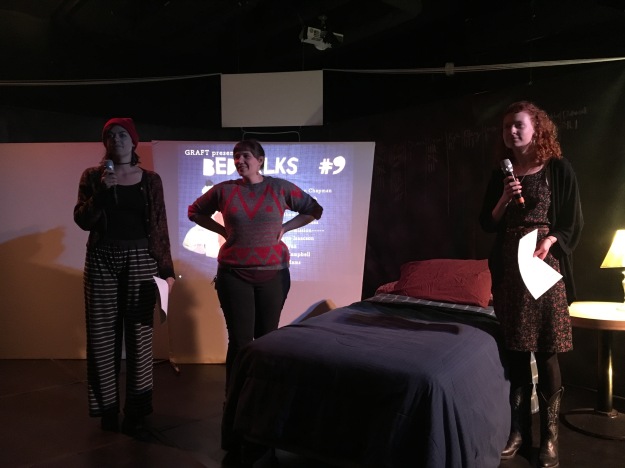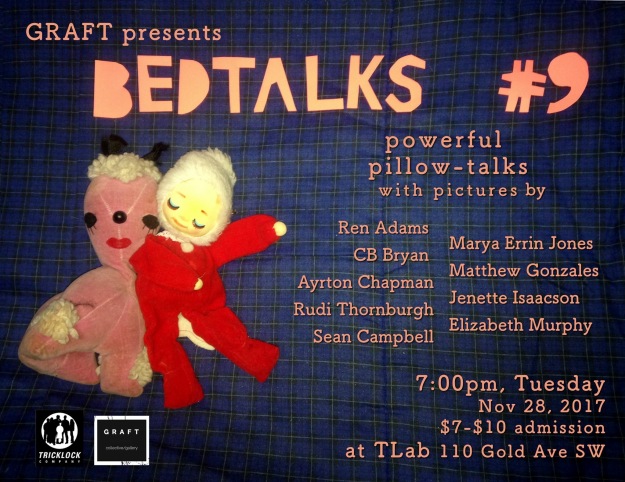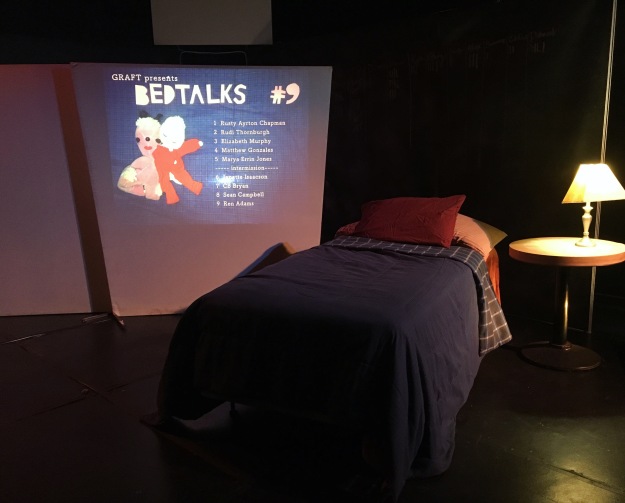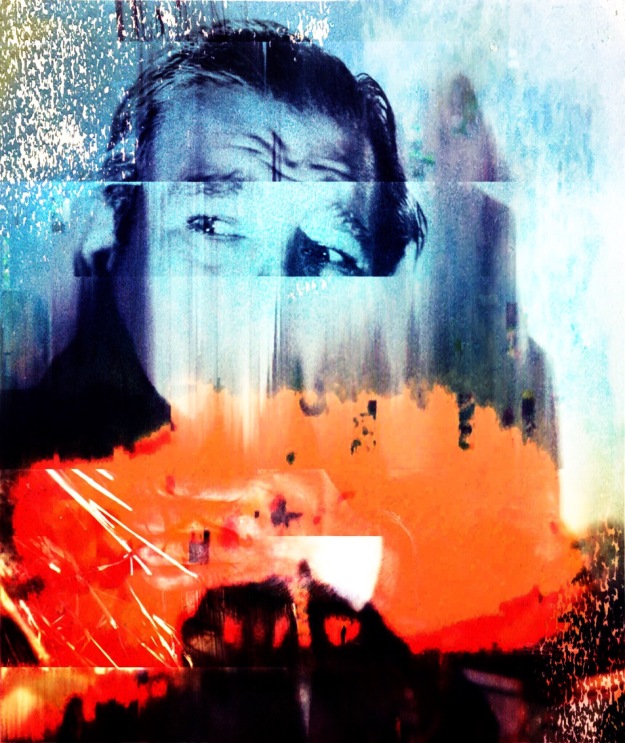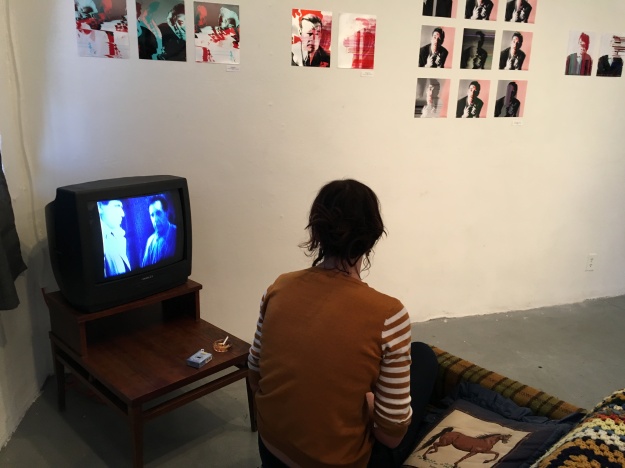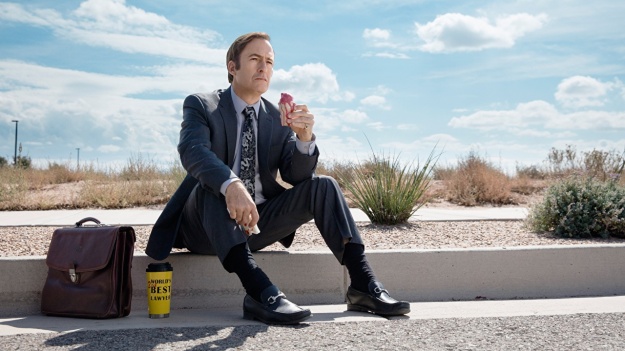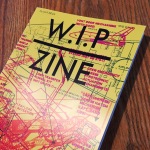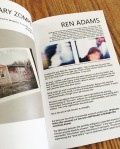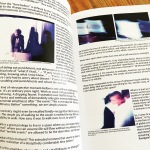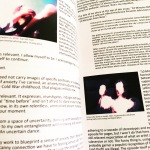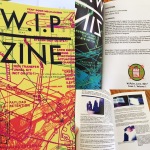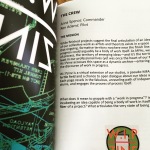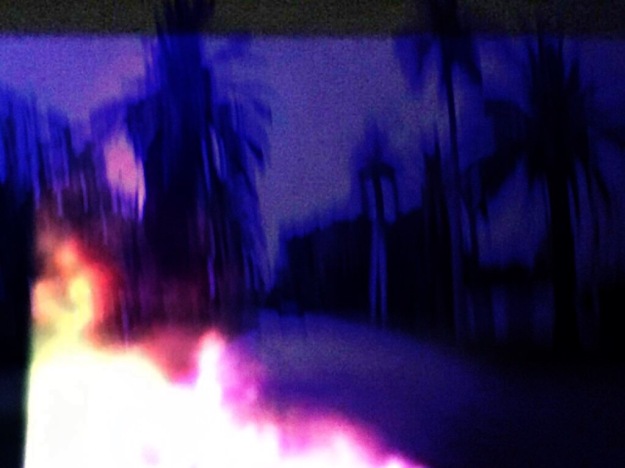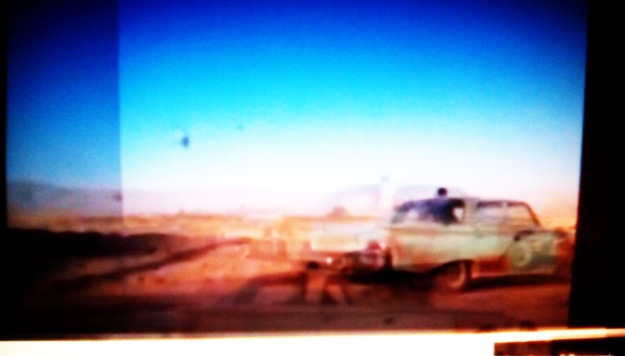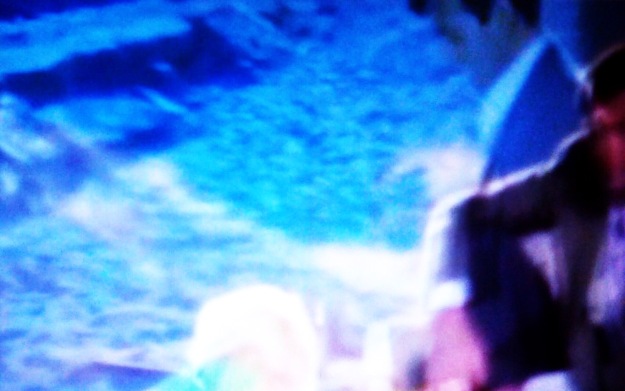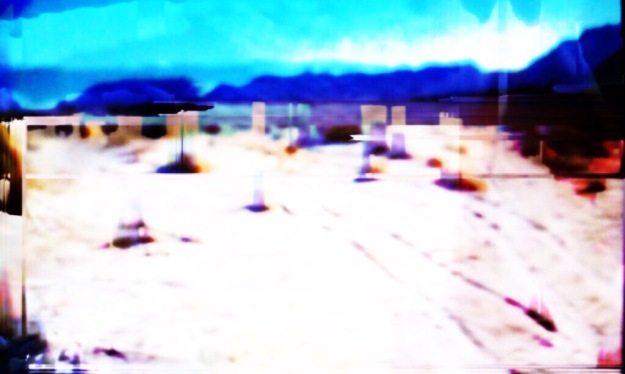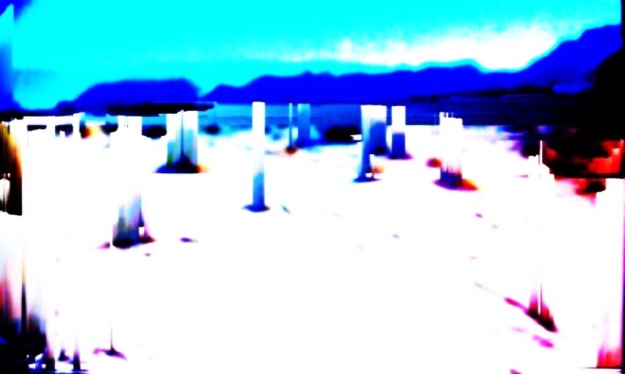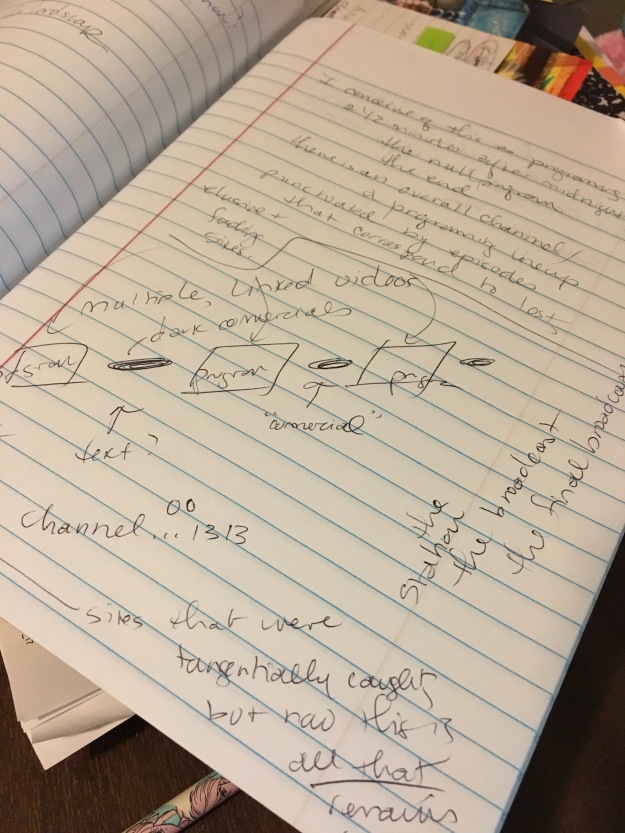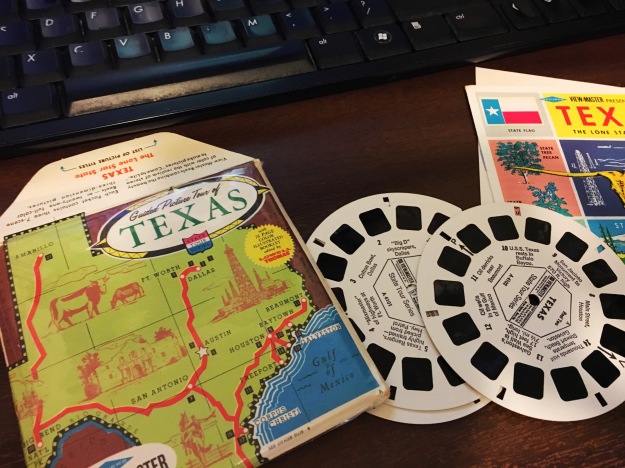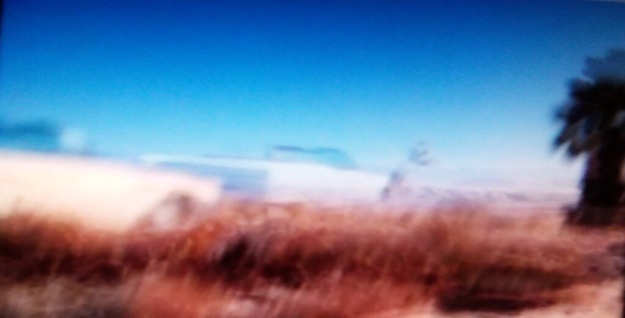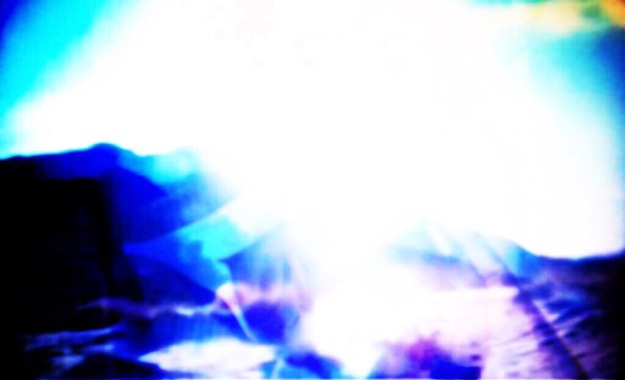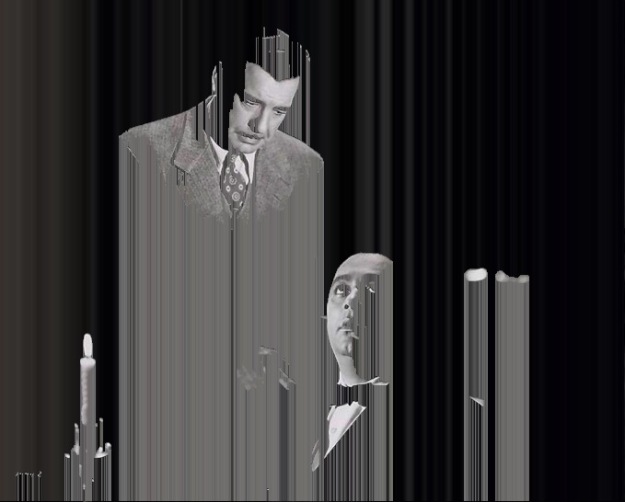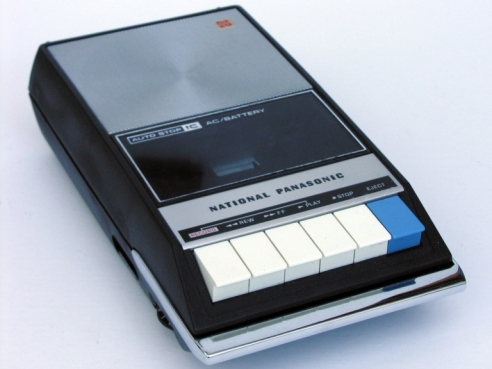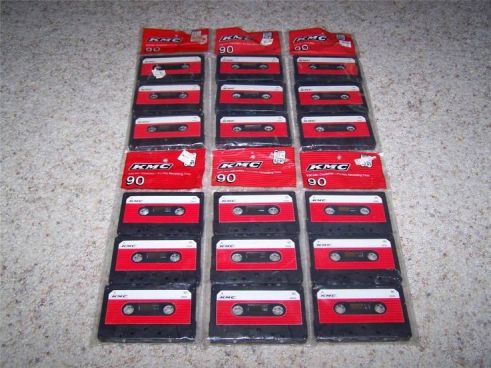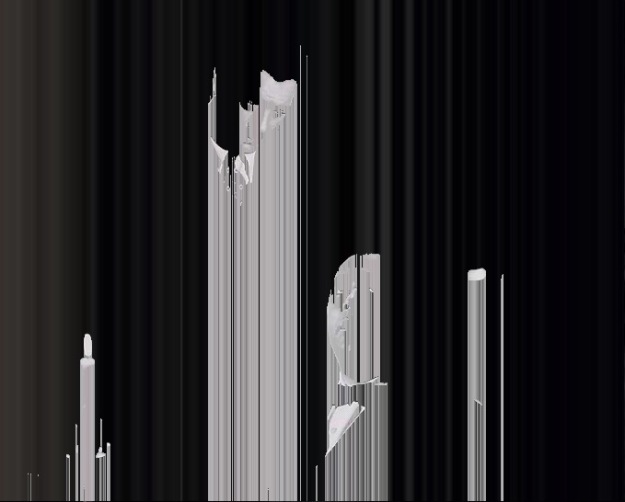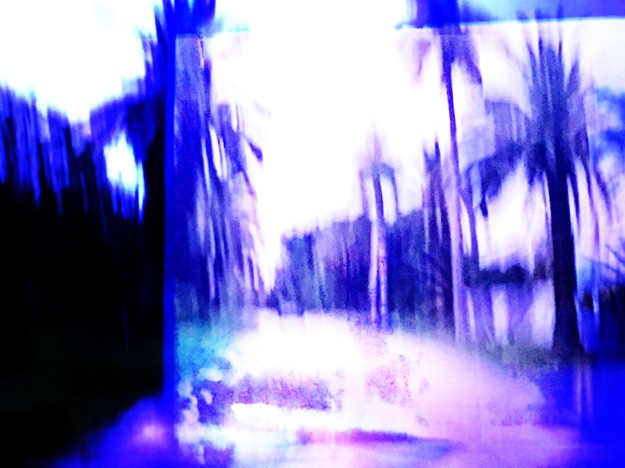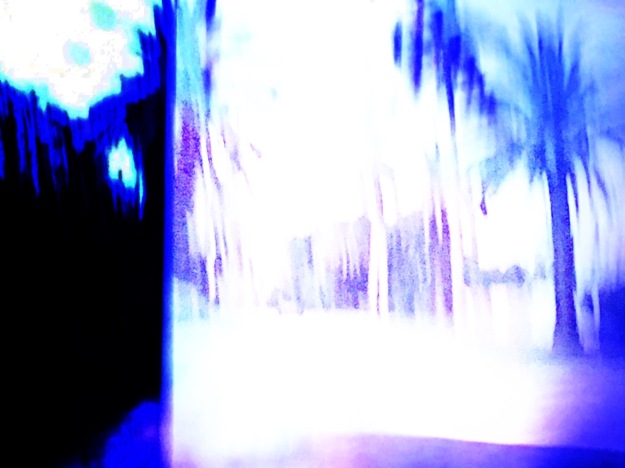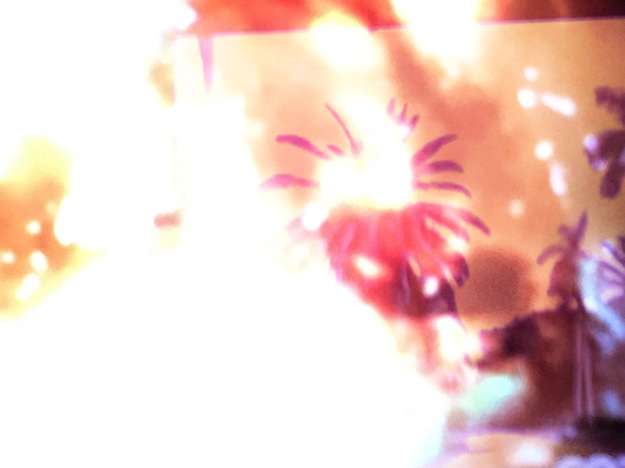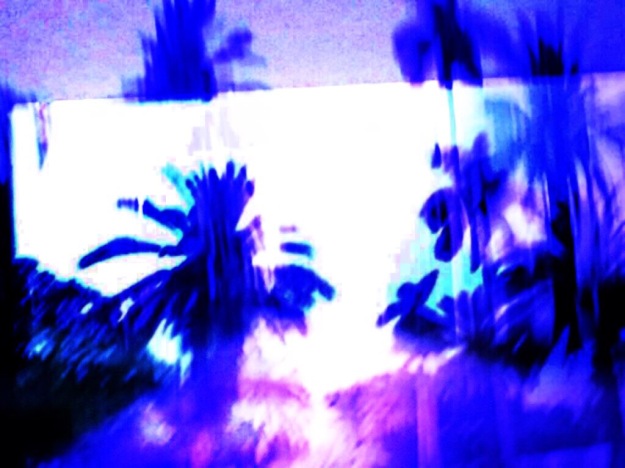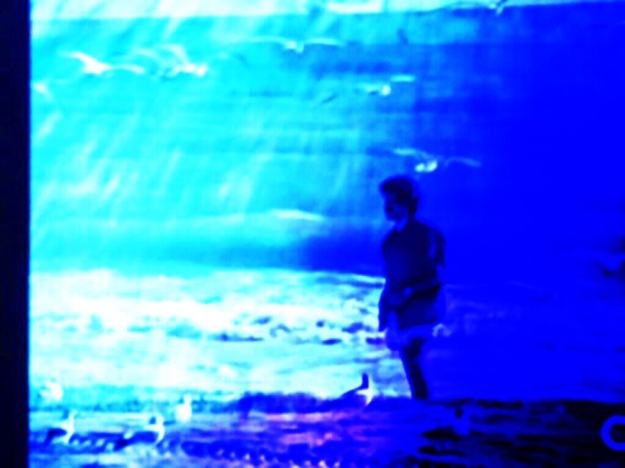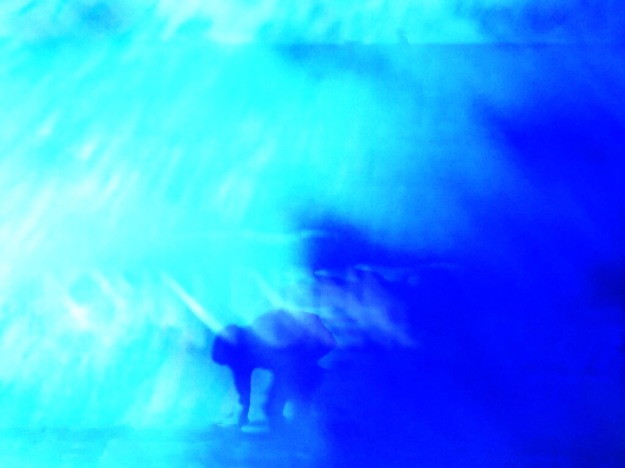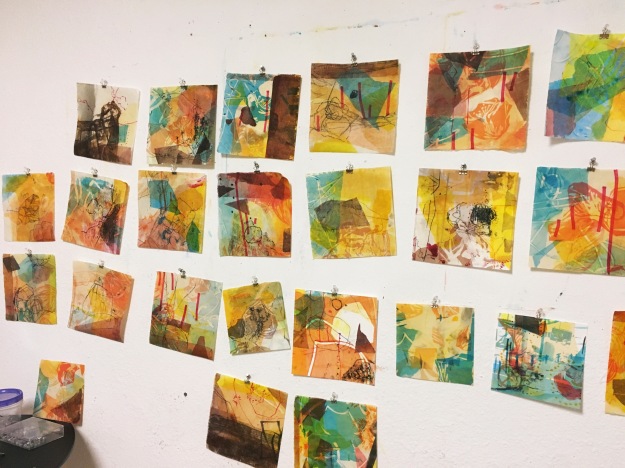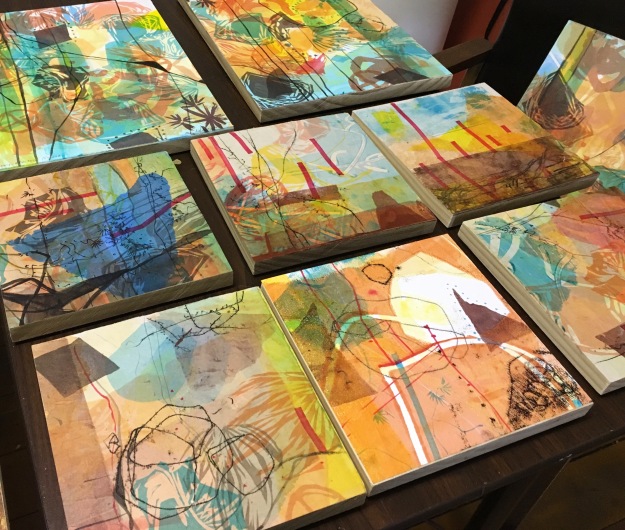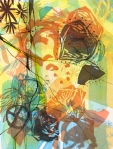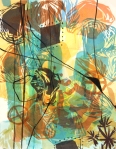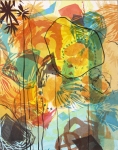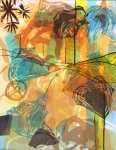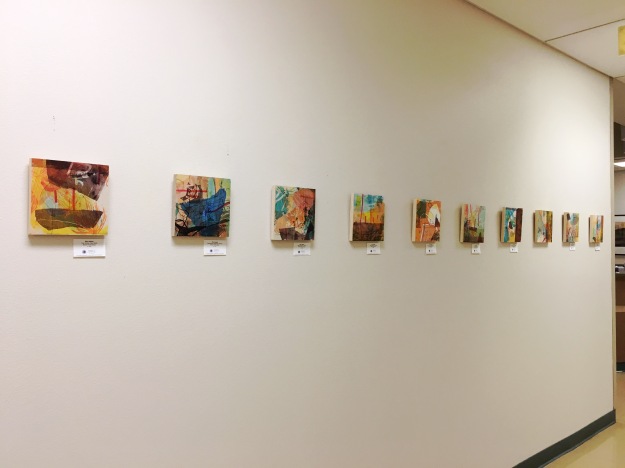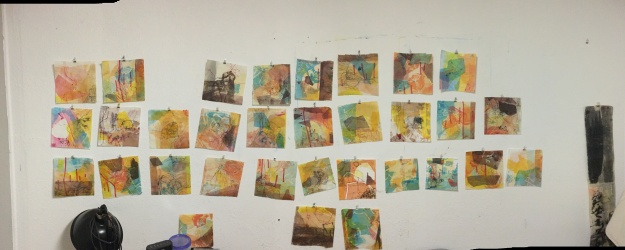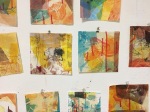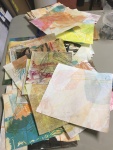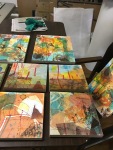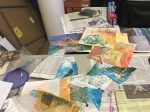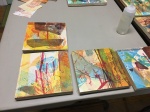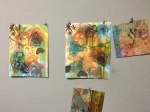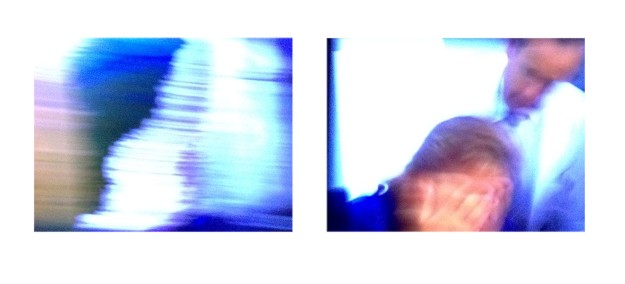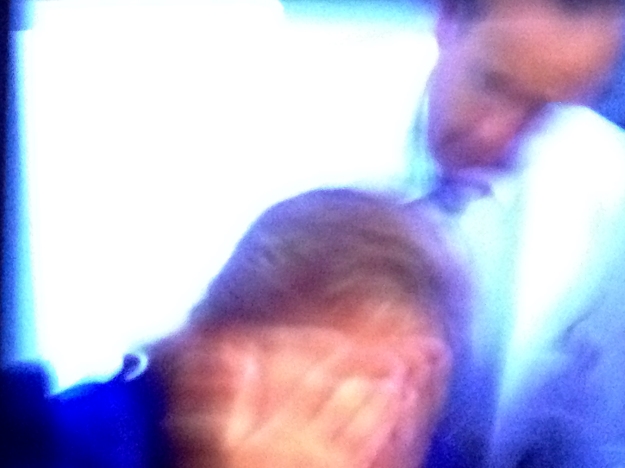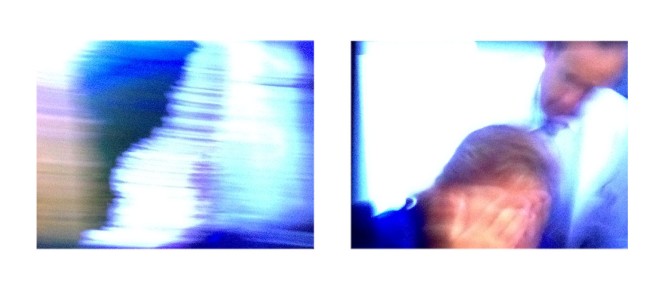
“10 Minutes Before,” 2016. Diptych. Ren Adams. Experimental photography with manual glitch.
Please note: this is the WIPzine 1:1 version of the original blog essay, 10 Minutes Before, and represents the most current version.
10 Minutes Before
Writing and research are critical to my studio practice. Inseparable, really. Words and theory fly hand-in-hand with developing visual work. This essay is part of the second wave of Whitespace-Bluespace: Televisual Memory and the Implied Catastrophe; a conceptual work-through of new pieces in the series, my role as an artist in a post-truth world, our often all-consuming need to address relevancy, and the nature of the suspended moment (that fitful time before, time after).
I’ll admit this year feels like “the time before.” Hell, it’s felt that way since last November. It feels that way right now. There’s ozone tension around me, within me. In my living room. In my social feeds. In my work.
My work, I realize, is all about this extruded moment. It is the time before, the time after. The extended agony of the moment itself, before it collapses into the next. It always wants to hold its breath. When it exhales, it catches. It assumes and subsumes these time-bent spaces.
Being inside my work is exceptionally uncomfortable. Being in this moment now, in myself, in the world, is a form of living while holding my breath. It seems a collective breath, though not an all-inclusive one.
We seem suspended in that transitory space right before the piercing, forever-change of “the event” eclipses our understanding of everything that’s come before. Everything we hold consistent, understandable, even joyfully reckless. This is the night before the pivot point.
This is two and a half minutes to midnight.
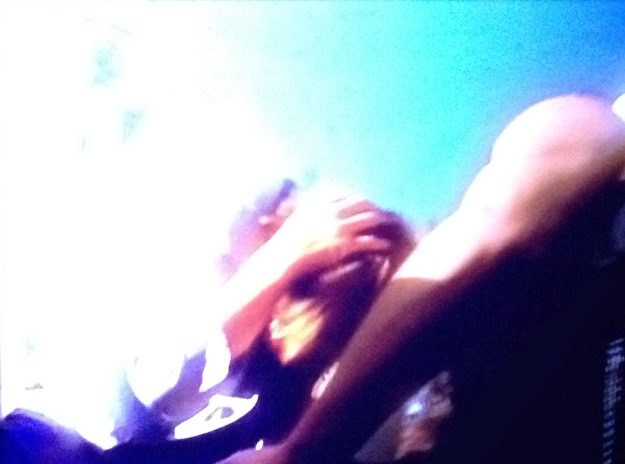
“The Distance Between Us,” 2016. Upper left panel of quadriptych. Ren Adams. Experimental photography with manual glitch.
But there are two kinds of suspended moments at play here: 10 Minutes Before (the unaware) and Two and a Half Minutes to Midnight (the mercilessly aware).
The difference between the painfully ambiguous suspended moment (two and a half minutes) and the blissfully unaware “night before” is the way in which the experiential “time before” gains importance in retrospect. The person experiencing the “time before” has no awareness there’s about to be a very divergent “time after.” They live life unknowingly, with no specific sense of doom. They don’t wake up and say, “tonight my wife will die from an accidentally fatal combination of doctor-prescribed medications, complicated by her undiagnosed heart condition!” They wake up, take a shower, eat, go to work.
Once the “time before” is defined by the “terrible event,” the moments leading up to the change are reevaluated with a fresh perspective. They now form the final moments of normalcy before the illusion was shattered.
The night before my sister was murdered holds merciless clarity for my parents–the ordinary, domestic rituals they performed, the unremarkable process of events. Mundane conversations. Simple things ignored. The fact that my sister asked for pudding only “10 Minutes Before” her actual death still haunts my mother, 45 years later. Mom refused to give her dessert because Cindy had been naughty and was being punished. In this case, “10 Minutes” was actually a matter of hours, but the gravity remains. And the simple act of doling out punishment, not abnormal on its own, now takes on the mythical role of “what if I had…” … “if only I could go back in time and give her pudding, knowing what I know now…” … “if only I could go back to the time where I only had to worry about dessert.” If only life was still the time before, with pudding and punishments and school the next day.
This kind of retrospective moment-before is one without weight prior the pivot point. It’s an ordinary pizza night. Work as usual. Kids grounded for misbehaving. A dripping faucet. Frustration over Netflix hiccups. The mechanics and methods of domesticity only gain monumental importance (or monumental emptiness) after “the event.” This is everyday life. We are always “10 Minutes Before” something, we are simply unaware.
Lost normalcy might even be recalled fondly–recognition that it can all radically shift. The simple joy of walking to the couch is exalted the day after one loses the ability to walk. How easy it was to walk over, to sit, to watch TV.
It really is a great privilege to live in a space where you can expect things to be “normal,” where you can assume life will flow without incumbency or tragedy, and that “terrible events” are allowed to be the aberration, not the norm.
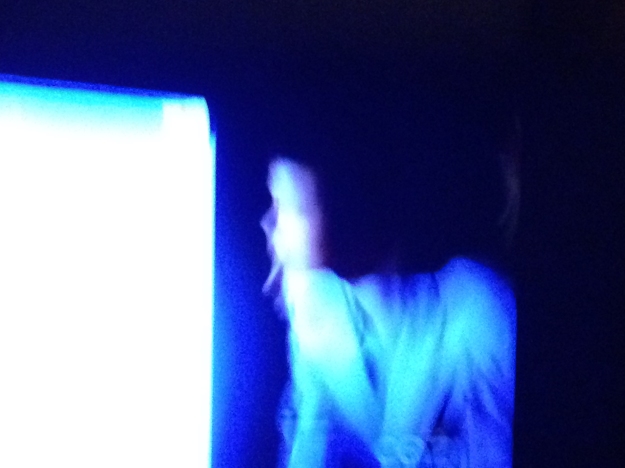
Individual still from installation: “When I Looked Through You,” 2016. Experimental photography with manual glitch. Ren Adams.
But what of this moment? This extruded moment that seems to have no day-after realization of a deceptively comfortable time before?
What is this unyielding, elusive “Two and a Half Minutes to Midnight?”
It is a strange, merciless space. We know something is coming. We know it deeply, naturally. We don’t know exactly what, or whether it’s a series of somethings, webbed and suffocating, invasive and evasive. We don’t know if it permeates the lives of millions, or pierces the moments of a select few. Some of us have been in this space before, and millions of us are in this place right now, as much as we try to combat, avoid, adopt, subvert or destroy it.
Many have spent their entire lives two and a half minutes to midnight.
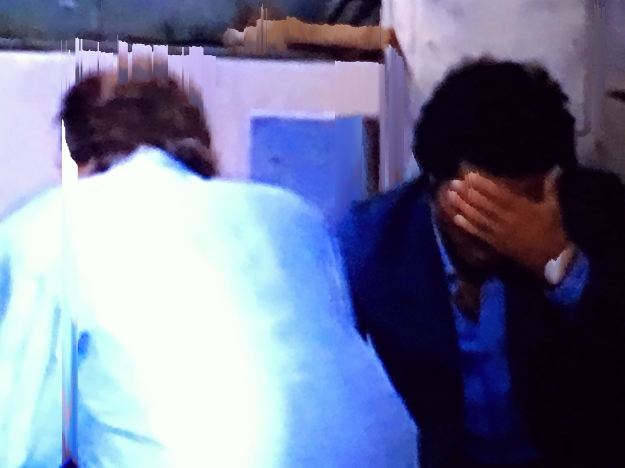
“I Could not Watch You Fall Apart,” 2016. Manual and digital glitch with experimental photography. Ren Adams.
It’s a paralyzing sense of doom. Truly impending doom. Not an archetypal apocalypse, which proves certain people right/wrong and ends the cycle of confusion in a swoop–but a system of disturbances and moments leading to a bizarre, extruded “apocalypse.” An extended moment that refuses to collapse. Such that every moment is “10 Minutes Before” the next terrible thing.
When the clock is 2 1/2 minutes to midnight, however, you are fully aware of each excruciating time before. You simply cannot conceive of the time after. There is no release.
I have been suspended in this sense of collective breath-holding, of video-pause action delay that permeates everything for me, and for many, at this moment… I ask myself, what is this space? What is it that we’re feeling, this bizarro-world social cabinet of opposites? I’ve been here before on a personal scale, so this touches a deeply ingrained sense of unease. I know there can, and will be, extended “time afters” and no one is immune or exempt.
So, I come to another kind of “time before.” Is my work still relevant in the face of this? In the space of global crises? Everything that seems poised to unfold? Everything that is simultaneously unraveling and intensifying? Everything that’s streaming from and filling the floodgate?
Am I still relevant?
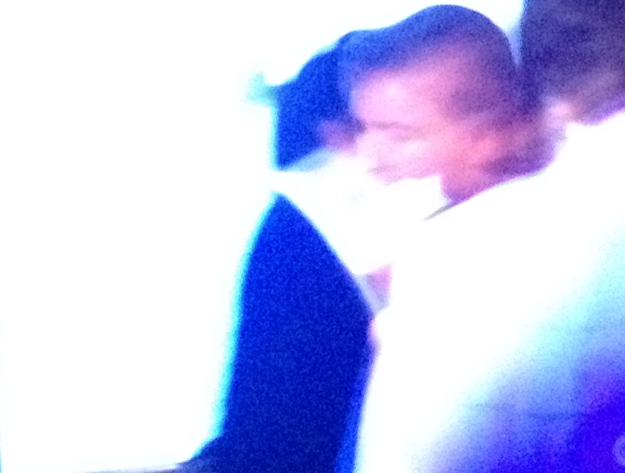
Individual still from installation: “The Language of Falling Apart,” 2016. Manual and digital glitch with experimental photography. Ren Adams.
What’s the point of creating work if everything is two and a half minutes to midnight? What is the nature of political artwork? What is an artist’s role in post-truth?
These are complex, multi-faceted points that I raise as rhetoric, better investigated in other essays. I don’t pretend to have the answers, but I do come equipped with questions.
And I realize… this is a familiar terrain. A familiar external Cold War. A familiar internal Cold War. A familiar war.
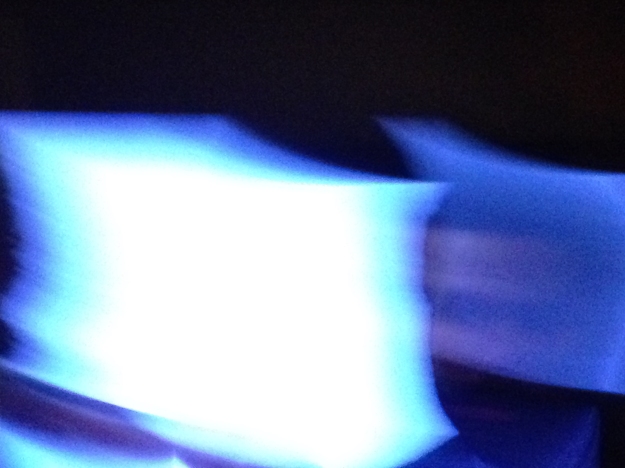
Individual still from installation: “When I Looked Through You,” 2016. Experimental photography with manual glitch. Ren Adams.
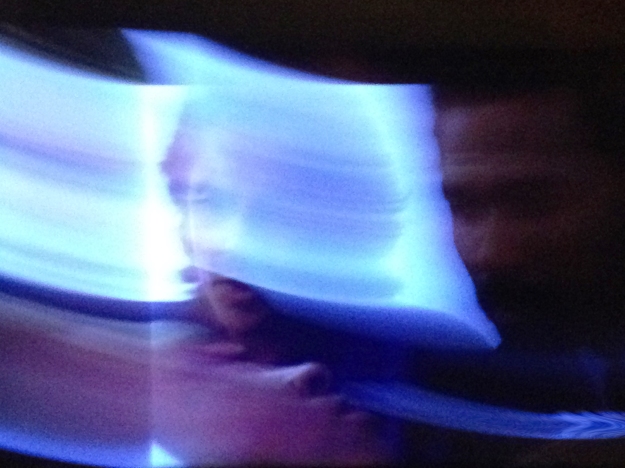
Individual still from installation: “When I Looked Through You,” 2016. Experimental photography with manual glitch. Ren Adams.
Watching arts funding end up on the chopping block, watching the NEA, PBS, and other agencies recede–the act of making, of our presence in the studio, of our voice in the classroom and the exhibition space–the strident motion of being ourselves become political in their own execution. They have weight. They are the weft and warp of interlocked experience.
My work is relevant. I allow myself to be. I acknowledge that it is relevant. I allow myself to continue.
I am relevant.
My work need not carry images of specific politicians or incidents to relate to the sense of anxiety I’ve carried, an anxiety that subsumes this moment, that plagued my Cold War childhood, that plagues millions now.
My work is relevant. It expresses, investigates, indulges both forms of the philosophical “time before” and isn’t afraid to stand inside the “time after.” It lives in the now, in its own relentless, unresolved present moment. In my moment. In our moment.
It emerges from a space of uncertainty, dancing with abstraction and specificity, giving gravity to my own entanglement with knowing and unknowing. This is life, after all. An uncertain dance.
I intend for my work to blueprint a sense of anxiety that’s familiar terrain to many; the uncanny connection we have to feeling almost-safe. That it connects to Cold War television is no surprise. That I use the language of television, with its soft-and-hard dichotomies, its ability to simultaneously offer shallowness and depth, its incomplete, mosaic presentation–is also no surprise. I am always prepared for these moments, even in my direst state of unpreparedness… I am always suspended.
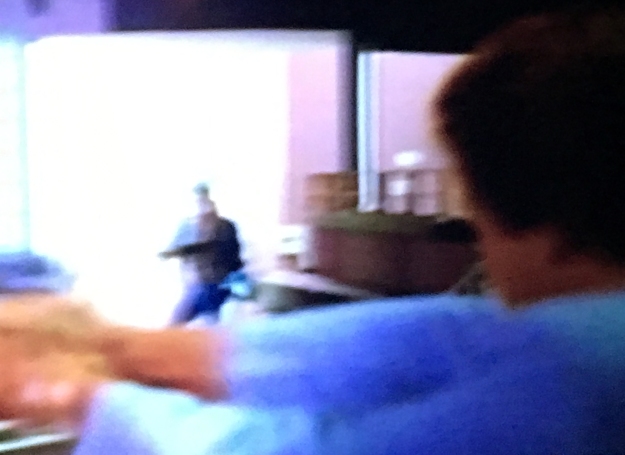
Individual still from installation: “The Glass and the Fire,” 2016. Experimental photography with manual glitch. Ren Adams.
Having decided that it’s okay (even important) for me to continue making work, in my own way, allowed me to view my recent series with the kind of fresh perspective that comes with “the time after.” My most recent bodies of work have preemptively suggested the sensation of “two and a half minutes to midnight,” and they’ve always dealt with describing an elusive space, without being too pedantic. At least, that’s my intention.
The title of my piece at the top of this essay, “10 Minutes Before,” is a reference to a relevant Alfred Hitchcock Presents television episode from 1964: “10 Minutes from Now”
Police grow suspicious of unsuccessful artist James Bellington, after the city commissioner receives a series of bomb threats. James tries to meet with the commissioner, to personally condemn the city’s choice for its public art display–but he shows up at city hall with a suspicious box. The police assume it’s a bomb and stop him, only to discover the box contains art supplies. At a public art museum, James is again stopped for carrying a suspicious package, which also turns out harmless. As a side note, James is considered “unsuccessful” by the police because he hasn’t had luck selling his artwork and his style seems “all over the place.”
After a series of bomb threats paired with faux bombs, the police force James to see a psychiatrist. He tells the psychiatrist that his next bomb threat will be real. The police again stop a bomb-carrying James at the city art museum, where he gives everyone ten minutes to get out, before he blows the place, all while making a political stand for a change in the way art is chosen and represented by the city. Spoiler alert: with the museum empty, and James keeping the authorities at bay, James’ secret accomplices steal the museum’s most valuable paintings, replacing them with fakes painted by James himself. When the theft is complete, James surrenders. He opens the box to reveal a harmless alarm clock. Unaware of his part in the theft, the police let him go.
“10 Minutes from Now” is a fascinating title, as is the tension between the way the artist is supposed to behave if he’s to be perceived as “successful” (i.e., selling works for money), and the way in which the artist actually behaves (his own body of work becomes the strange game of manipulation played out through performance, bomb-like sculptures, and secret forgery). This suggests a cultural revolt against the museum-structure, as well as our institutionally defined modes of being “successful,” of adhering to a cascade of stereotypes and expectations. I could analyze this episode for pages, but I won’t do that here. It speaks for itself, as does the expectation of what an artist should be, could be, can be, subversive or not. The funny thing is, using his talents to forge paintings would probably garner a populist recognition of his “ability,” even as the execution (and theft) are illegal. The episode itself suggests the forgeries may be James’ literal retaliation, in support of his original protest, while presenting the potential that his protests were performative smokescreens. Dichotomies, hello.
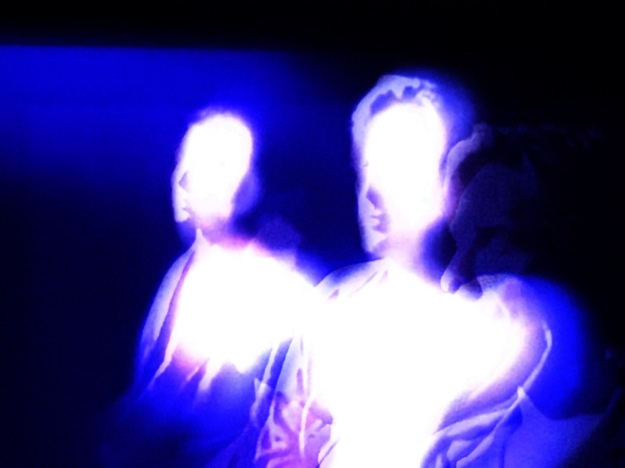
“Eclipse (the bomb is already inside),” 2017. Experimental photography with manual glitch. Ren Adams.
My piece, “10 Minutes Before,” is not intended to illustrate the precise content or motives of the Hitchcock episode, but the flavor is present. It’s largely meant to grapple with the same sense of suspension–that 10 Minutes from this point, this interminable, unavoidable and suspended point, that 10 minutes from now, all things have changed. All things have shifted. All things are different. There’s a bomb in the museum, and it might be fake, or it might be real, but it definitely is.
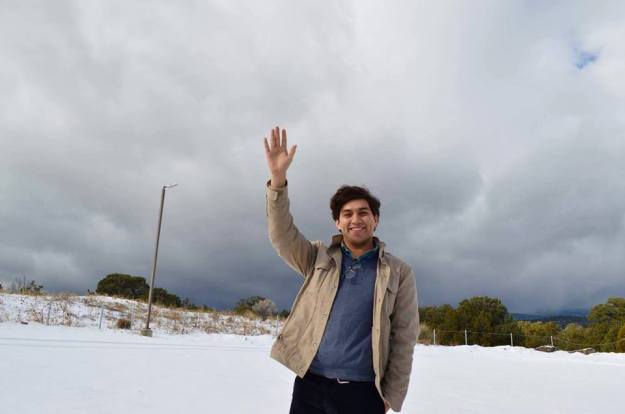
Juan Carlos Romero. January 20, 2016.
My first draft of this essay was written February 6th, 2017. The day before my dad’s 81st birthday. The day before my friend Juan Carlos Romero, fellow artist and philosopher, was shot to death on Stanford, between Central and Silver, in Albuquerque, New Mexico. He was 26.
His death is an active murder investigation. His life was full of ideas.
His then-unknowing final Facebook post was:
“It matters not how strait the gate,
How charged with punishments the scroll,
I am the master of my fate:
I am the captain of my soul.”
William Ernest Henley, Invictus, 1875
As I was writing this essay’s first draft, I had no idea (how could I not?) I was again working “10 Minutes Before” another suspended moment, and the mundane coffee-drink, edit-delete writing was another comfortable space, even as it explored the continuously uncomfortable.
At 3 am, February 7, 2017, Juan Carlos was dead. I have the luck and privilege of enjoying a “time after,” as painful as it is. For Juan Carlos, there was only the final “time before.”
.
.
(WIPzine 1:1):
